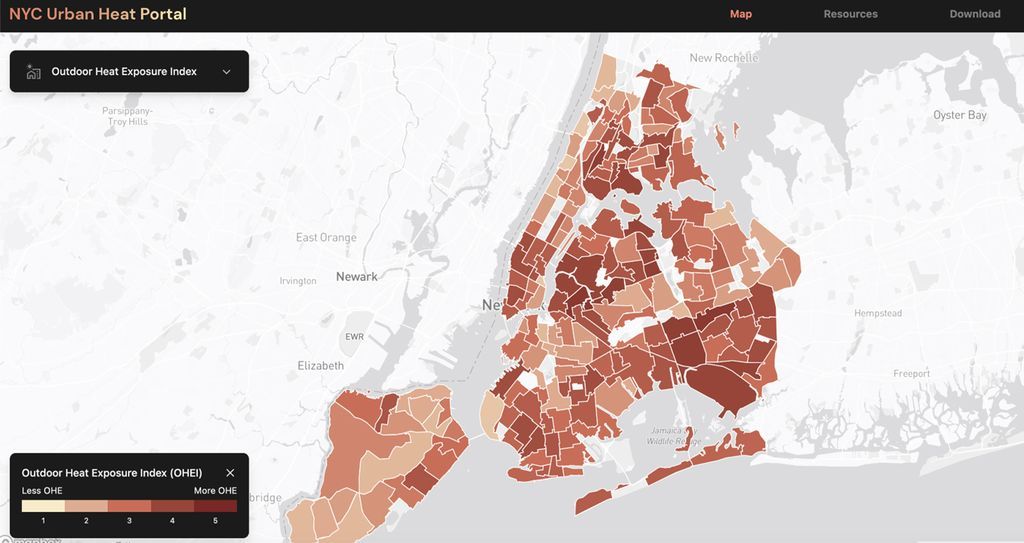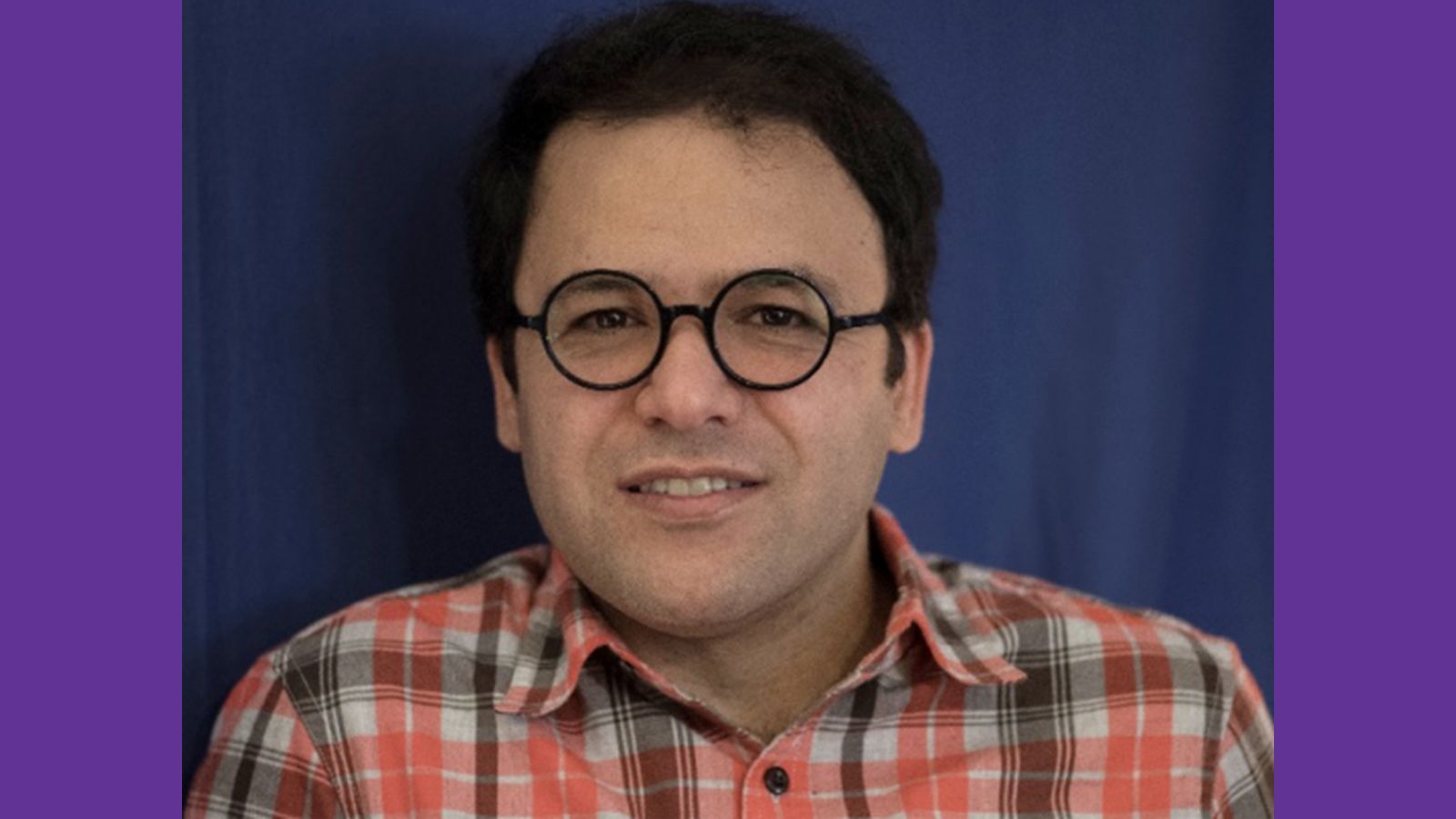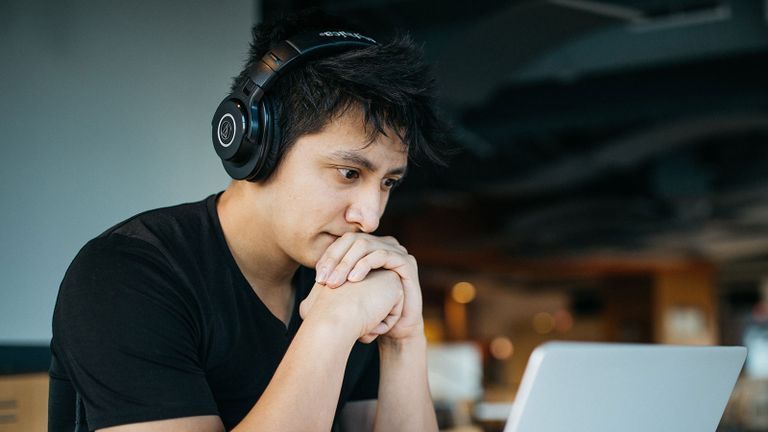How does Hunter College help struggling New York neighborhoods? Here’s one way!
A new tool developed by researchers at Hunter College’s Urban Policy and Planning Department seeks to help advocacy groups and decision makers understand the distribution of heat in New York City.
The NYC Urban Heat Portal, launched on April 15, shows how rising temperatures affect different New York City’s neighborhoods, providing a guide to the most vulnerable communities. The poorest communities in the city are also the hottest ones, because they lack shade trees and other greenery and have a larger share of concrete and blacktop.

A heat map generated by the NYC Urban Heat Portal.
“To understand who is most at risk, we need to consider a range of temperature measures — like surface temperature, air temperature, and mean radiant temperature — and how they interact with neighborhood infrastructure like tree cover and building materials,” explained the lead researcher, Hunter Assistant Professor Mehdi P. Heris.
The portal provides heat-exposure data through maps, visualizations, and explanations for public use, benefiting policymakers, planners, and community groups. It contains several new datasets that were developed exclusively for it and that will help city agencies to develop more effective policies to mitigate urban heat. Some mitigation measures are planting trees, building cool roofs, and creating green infrastructure.
The research team included many Hunter students who brought fierce social-advocacy values to the project, Heris said. The team collaborated with city agencies including the Mayor’s Office of Climate and Environmental Justice, Mayor’s Office of Management and Budget, and the Department of Health and Mental Hygiene.
The project exemplifies how Hunter acts as an anchor institution in New York City, by contributing high-impact research that shapes communities and policies. It was developed in collaboration with researchers at Penn State's Institute of Energy and the Environment and data scientists at thinktank BetaNYC and reflects input from community organizations including WE ACT, El Puente, South Bronx Unite, and others.


